Opening the refrigerator door should feel like stepping into a well-organized pantry, not a science experiment gone wrong. Yet many of us treat our fridges as passive storage units rather than the active food preservation systems they truly are. The truth is, your refrigerator works harder than any other appliance in your kitchen—and it deserves more attention than the occasional glance when you're searching for a midnight snack.
The science of food storage begins with understanding that refrigeration doesn't pause decomposition—it merely slows it down. Every item in your fridge exists in a constant state of flux, with chemical reactions and microbial activity continuing behind the scenes. Those fuzzy strawberries or that mysterious container of leftovers aren't failures of refrigeration; they're evidence of biology asserting itself despite our technological interventions. This ongoing battle between food preservation and natural decay creates an environment where regular maintenance isn't just about cleanliness—it's about food safety and quality.
Microbiologists have identified refrigerator surfaces as surprising hotspots for bacterial cross-contamination. A study published in the Journal of Food Protection found that refrigerator vegetable compartments often harbor more bacteria than the average toilet seat. This happens because we tend to store produce without proper containment, allowing soil microbes and other contaminants to spread. Meanwhile, meat juices can drip onto lower shelves, creating invisible pathways for pathogens like Salmonella and E. coli to migrate throughout your fridge.
Temperature fluctuations represent another invisible threat. Each time you open the refrigerator door, the internal temperature rises, forcing the compressor to work harder to restore the optimal 37-40°F (3-4°C) range. A crowded fridge exacerbates this problem by restricting airflow, creating warm pockets where bacteria thrive. Those forgotten leftovers pushed to the back might be experiencing temperature variations of 10 degrees or more throughout the day, dramatically accelerating spoilage.
Ethylene gas production poses a particularly insidious challenge. Many fruits naturally emit this plant hormone, which acts as a ripening agent. When confined in an enclosed space, ethylene becomes a silent saboteur—one overripe apple can literally spoil the whole bunch. Modern refrigerators with specialized produce drawers help mitigate this effect, but only if users actually separate their ethylene producers from sensitive items. The consequences of ignoring this biochemical reality manifest in prematurely wilted greens and mushy vegetables.
Condensation forms another hidden adversary in refrigerator maintenance. That thin film of moisture on plastic-wrapped foods or along refrigerator walls creates ideal conditions for mold growth. What begins as harmless droplets can evolve into fungal colonies that release spores throughout the compartment. These microorganisms don't just affect food—they can trigger allergies and respiratory issues in sensitive individuals. The problem compounds when containers aren't properly sealed, allowing moisture to migrate between items and accelerate cross-contamination.
Odor absorption presents a less dangerous but equally frustrating consequence of poor refrigerator hygiene. The porous structure of many plastics and rubbers acts like a sponge for volatile organic compounds. That takeout container from three weeks ago might be gone, but its essence lives on in your ice cubes. This phenomenon explains why thorough cleaning should involve removing and washing all removable parts rather than just wiping down surfaces. Activated charcoal might absorb some odors, but it can't replace proper sanitation practices.
Modern refrigerator designs have introduced features to combat these issues, from antimicrobial coatings to smart sensors that alert users about temperature changes. However, technology can't compensate for human neglect. The French National Institute for Agricultural Research conducted a study revealing that households waste an average of 20-30% of their refrigerated food, with improper storage being a primary contributor. This staggering statistic highlights how poor refrigerator management impacts both household budgets and global food sustainability efforts.
Developing a regular cleaning routine transforms refrigerator maintenance from a chore into a strategic food preservation practice. Experts recommend a thorough cleaning every three to four months, with quick wipe-downs of spills as they occur. The process should involve emptying all contents, removing shelves and drawers for separate washing, and using a solution of baking soda and warm water for sanitization. This frequency strikes a balance between practicality and food safety without becoming overly burdensome.
Understanding your refrigerator's unique microclimates elevates food storage from random placement to scientific strategy. The door shelves experience the most temperature fluctuation, making them suitable for condiments but risky for dairy. The lower shelves maintain the coldest, most consistent temperatures—ideal for raw meats. The crisper drawers with humidity controls create optimized environments for different types of produce. Aligning your food storage with these zones can significantly extend shelf life.
The psychological aspect of refrigerator organization shouldn't be underestimated. Behavioral research indicates that people are more likely to use items stored at eye level, while bottom shelves become culinary graveyards. Implementing a "first in, first out" rotation system and using clear containers can dramatically reduce food waste. Some innovative households even create "eat me first" sections for items nearing expiration—a simple but effective strategy against forgetfulness.
Special consideration should be given to high-risk items that demand particular attention. Raw meats should always occupy the bottom shelf in leak-proof containers, with preparation dates clearly marked. Delicate herbs benefit from being treated like cut flowers—stems in water with a loose bag covering. Dairy products fare best in the main body of the fridge rather than the door, despite what refrigerator manufacturers might suggest. These nuanced approaches make the difference between food that lasts and food that languishes.
Emerging technologies promise to revolutionize refrigerator maintenance in coming years. Smart fridges with inventory tracking and expiration alerts are already entering the market, while some models feature UV-C light sanitation systems. However, until these innovations become standard, the responsibility remains with users to maintain their appliances. The humble refrigerator, often overlooked in kitchen design conversations, deserves recognition as the most scientifically complex and nutritionally critical appliance in the home.
Viewing refrigerator cleaning as merely a cleanliness issue misses the broader picture. Proper maintenance represents the intersection of food science, microbiology, and practical home economics. In a world increasingly concerned with food waste and safety, the simple act of regularly cleaning your refrigerator becomes a meaningful contribution to both personal health and global sustainability. The next time you reach for that door handle, remember—you're not just accessing food, you're managing a sophisticated ecosystem.

By /May 21, 2025
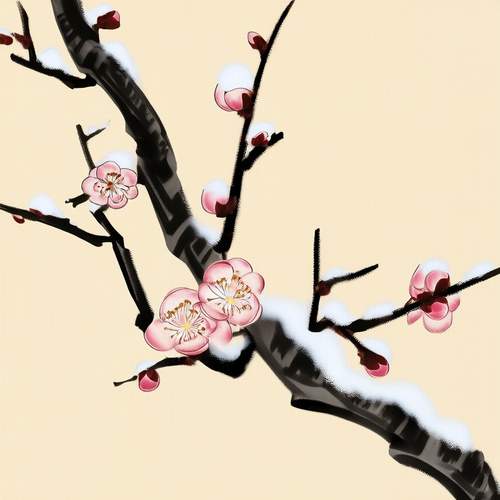
By /May 21, 2025
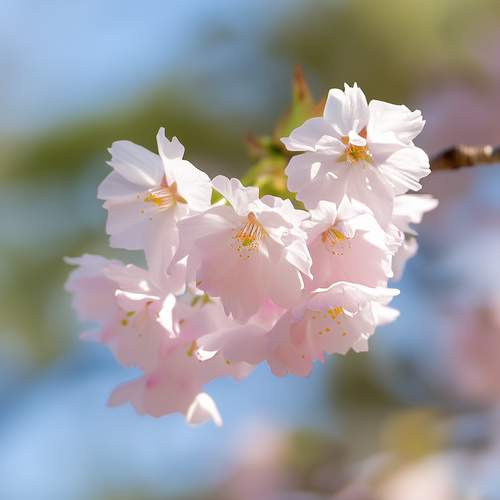
By /May 21, 2025

By /May 21, 2025
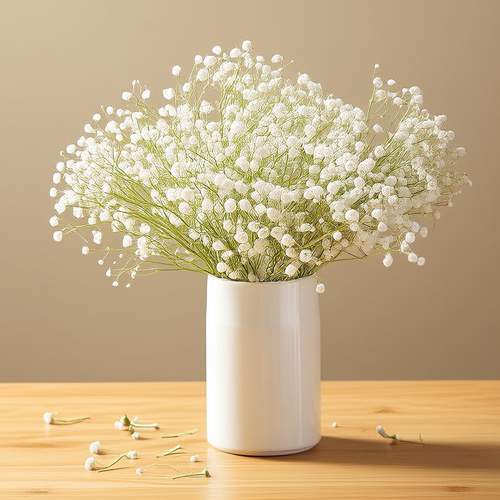
By /May 21, 2025
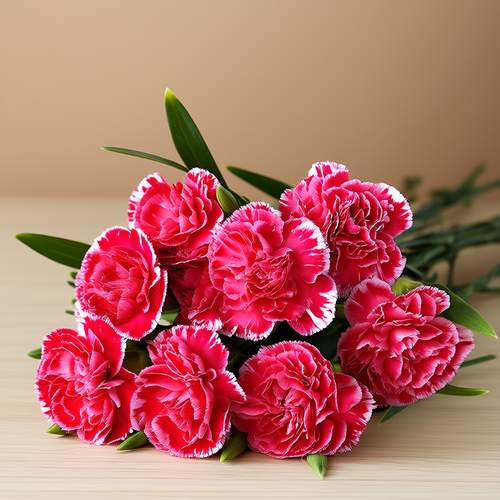
By /May 21, 2025

By /May 21, 2025

By /May 21, 2025

By /May 21, 2025

By /May 17, 2025

By /May 17, 2025

By /May 17, 2025

By /May 17, 2025

By /May 17, 2025

By /May 17, 2025

By /May 17, 2025

By /May 17, 2025
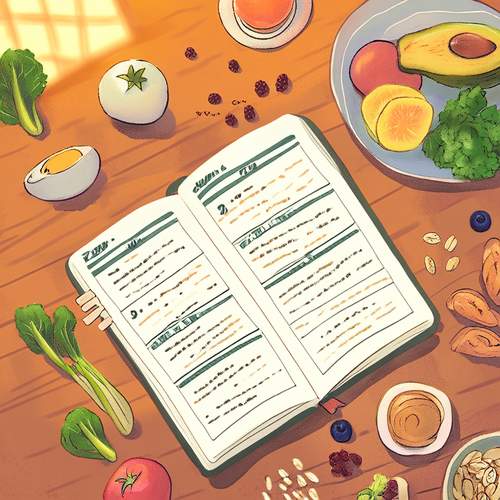
By /May 17, 2025

By David Anderson/Apr 29, 2025